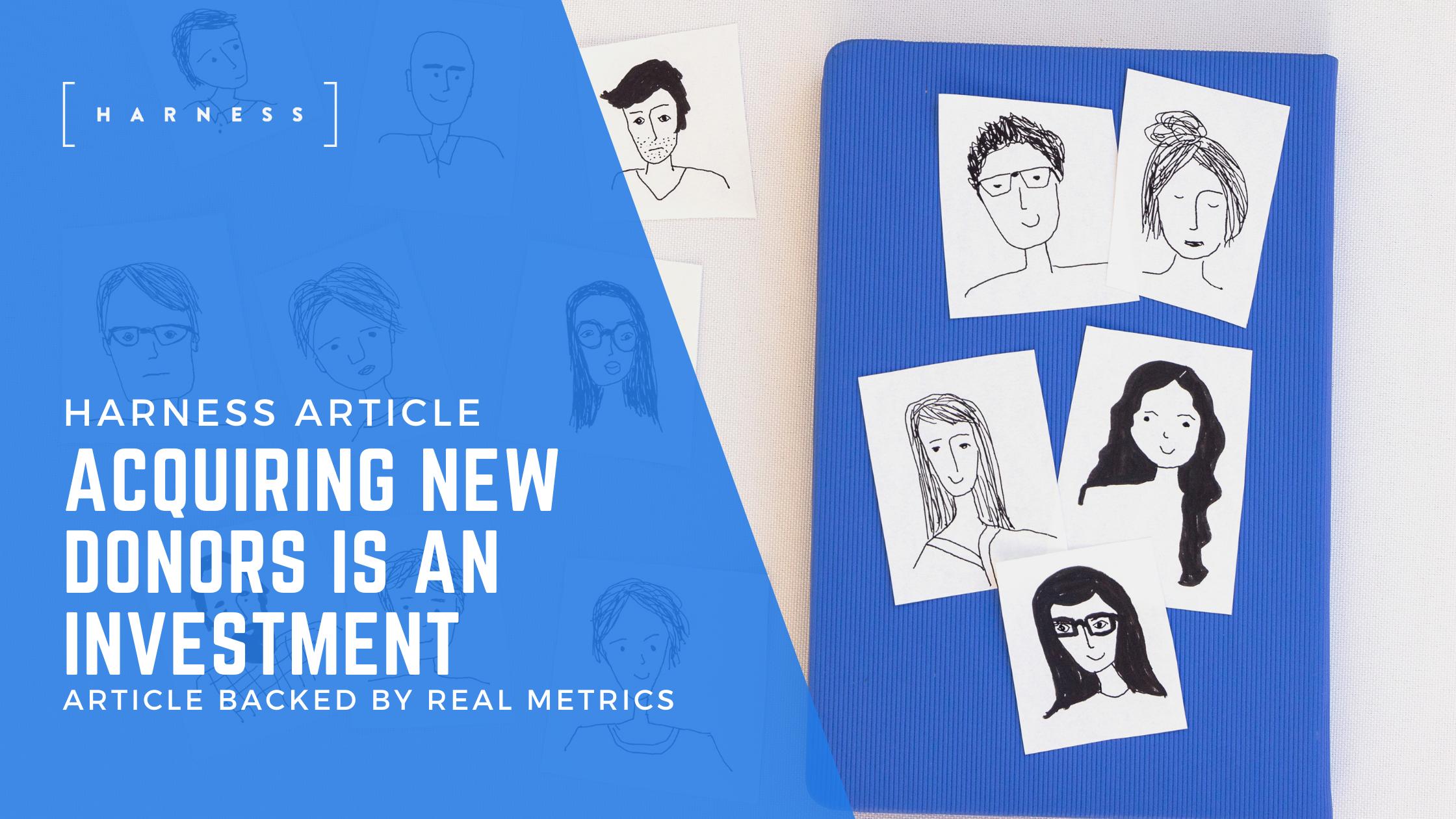Acquiring new donors is an investment
If you pay $30 for a new donor, say through a Facebook ad, you want that donor to give more than $30 over their lifetime. The time it takes to recoup donor acquisition costs is what we call DAC (Donor Acquisition Cost) Payback Period. This is typically measured in months. Let's dive in
Payback Period
You can calculate your DAC Payback Period by dividing your donor acquisition cost by your average recurring donation.
Using the above numbers as an example, if you spend $20 to bring in a $10 a month recurring donation, your DAC Payback Period would be two months. Ideally, you want a short DAC Payback Period.The impact of DAC payback period
Knowing the DAC Payback Period lets you benchmark the amount of time you need a donor to keep supporting. During this time, effective stewardship is critical to make a return on your investment in that donor.
all together now:
"effective stewardship is critical to make a return on your investment "
Once a donor stays beyond the payback period, their donations are no longer offset by costs.

Get started with Subscription Philanthropy
Harness Giving lives and breathes the subscription economy to make the entire donation process easier for donors and nonprofits alike. Whether you are a major player in your local philanthropy scene or just starting out, we can help make your organization a recurring donation powerhouse.
Ready to launch your Subscription program? If yes, speak with the Harness Giving team to see how we can help you get results.


